need evergreen climbing vine
plantknitter
10 years ago
Related Stories
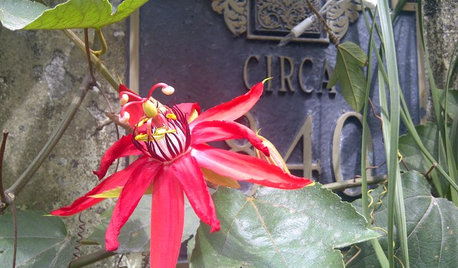
FLOWERS5 Sensational Flowering Vines for Warm Climates
Splash your garden with bright tropical color from late summer through fall with these showy trailing and climbing beauties
Full Story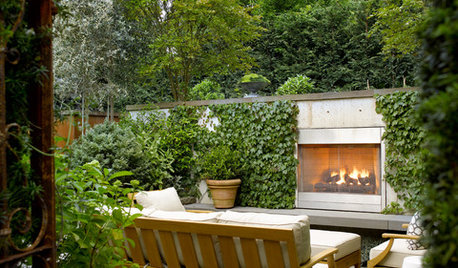
GARDENING AND LANDSCAPINGClimbing Plants Suit Small Gardens
Use climbing foliage and flora to blur garden planes, hide unsightly features and soften imposing landscape boundaries
Full Story
LANDSCAPE DESIGNSee 5 Unexpected Ways to Use Vines
Vines can grow over slopes, trail off pergolas and add seasonal color to the garden
Full Story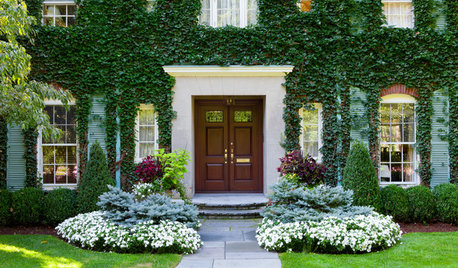
EXTERIORSCare and Training for a Vine-Covered Home
Love the look but don’t want the ruin? Learn how to have vine-draped walls without all the cracks and crumbling
Full Story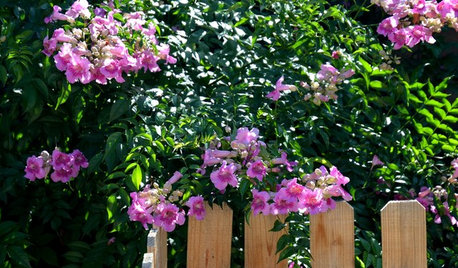
PINK FLOWERSGreat Design Plant: Pink Trumpet Vine Heralds Vibrant Color
Announce your landscape beautification efforts with this flowering vine that perks up hot, dry gardens
Full Story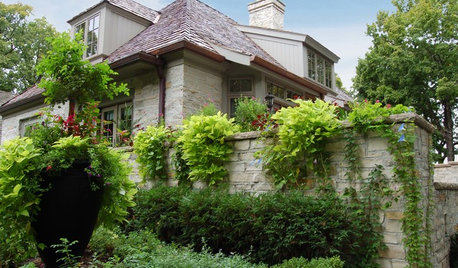
FOLIAGEGreat Design Plant: Ornamental Sweet Potato Vine
Versatile, fast growing, inexpensive and easy on the eyes, ornamental sweet potato vine has it all
Full Story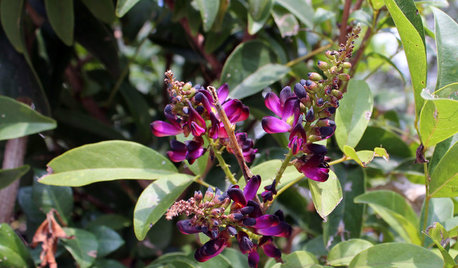
GARDENING GUIDESGreat Design Plant: Millettia Reticulata
Large purple flower clusters grace this robust climbing vine
Full Story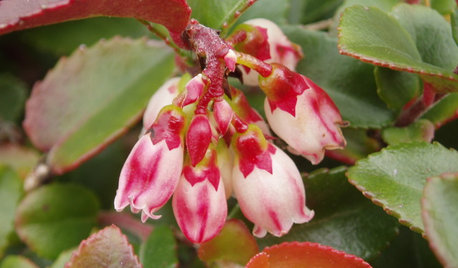
GARDENING GUIDESGreat Design Plant: Evergreen Huckleberry Appeals All Year
Spring flowers and summer berries are only half the story with Vaccinium ovatum, a versatile Pacific Northwest native plant
Full Story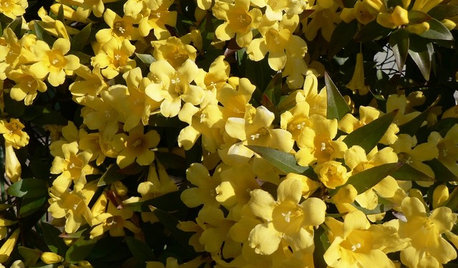
GARDENING GUIDESGreat Design Plant: Gelsemium Sempervirens
Plant Carolina jessamine in fall, and its flowers will signal spring before any other plants start blooming
Full Story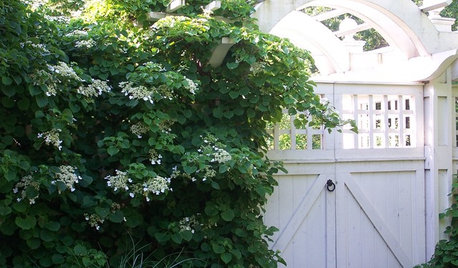
FALL GARDENING6 Deer-Resistant Flowering Vines to Plant This Fall
Have a major deer problem? Here are some of the only vines that have a chance of not being eaten
Full StoryMore Discussions









gardengal48 (PNW Z8/9)
Embothrium
Related Professionals
Fillmore Landscape Architects & Landscape Designers · Signal Hill Landscape Architects & Landscape Designers · Homewood Landscape Contractors · Mount Kisco Landscape Contractors · Mount Sinai Landscape Contractors · Thornton Landscape Contractors · Brooklyn Park Fence Contractors · Hayward Fence Contractors · Newark Fence Contractors · Oro Valley Fence Contractors · Richmond West Fence Contractors · South Miami Fence Contractors · Sun City Fence Contractors · La Puente Outdoor Lighting & Audio Visual Systems · North Bellport Outdoor Lighting & Audio Visual SystemsplantknitterOriginal Author
oliveoyl3
oliveoyl3
Embothrium
plantknitterOriginal Author